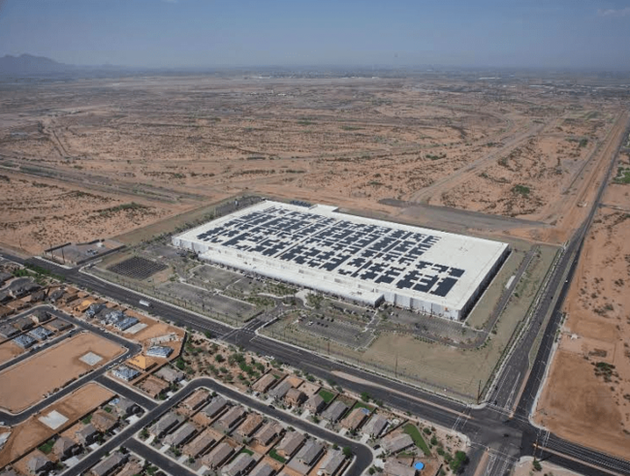AI ADDICTION TO WATER WHEN BILLIONS OF PEOPLE ARE THIRSTY.

AI is thirsty. Every time you give it a command, it “drinks” the equivalent of a sip of water. Twenty tasks later and it has already consumed half a litre of the stuff. That’s because cooling the data centres that power it and other artificial intelligence (AI) tools is a huge task, and one that risks exacerbating a looming water crisis. It may sound implausible. After all, 75pc of the Earth is covered in water. However, freshwater accounts for just 3pc, and of that, 69pc is locked away in glaciers, 30pc is underground and around 1pc is in lakes, rivers and swamps. In short, less than 1pc can be used to drink or to irrigate crops. Demand for water has increased by around 40pc over the past four decades and is estimated to rise by a further 25pc by 2050. At the same time, supply has halved since 1970 as the global population continues to rise, according to the World Bank. Bank of America (BofA) recently blamed this trend on an era of “hyper consumption”. After all, it takes more than 2,500 litres of water to make a single cotton t-shirt and 24 bathtubs to extract and wash a ton of coal. When it comes to technology, it’s not just ChatGPT that’s leaving the world parched. The pandemic triggered a surge in demand for data-intensive services as meetings went virtual and streaming services became regular Friday night entertainment, sparking a flurry of new centres being built by some of the world’s biggest tech companies. The whole scenario is made even worse when social media is taken into account with mindless people using priceless water to cool the message telling thousands of followers that they have just had their hair cur while toddlers in Africa are dying due to thirst.




The world is destined to be going into new territory which can only lead to disaster.